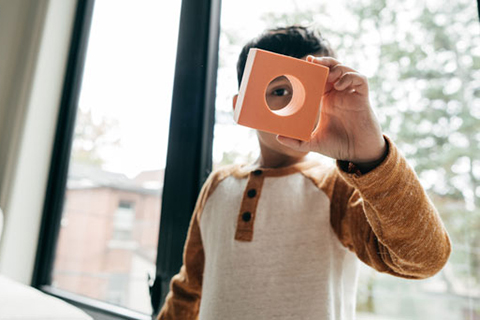
Summary
|
This team is exploring how augmented and mixed reality could transform interventions for people on the autism spectrum who have difficulty learning everyday life, safety, or employment skills, like washing their hands, crossing the street, or sorting merchandise. Members hypothesize that by using virtual or augmented reality to simulate the real world people with an Autism Spectrum Disorder have to navigate, therapists could resolve the shortcomings of Applied Behavior Analysis (ABA), which uses scientific principles to decrease problem behaviors that interfere with learning and social functioning. But ABA interventions are not only costly and labor intensive, they impart skills in highly controlled environments, which don’t equate with mastering skills in the real world. Team members believe that virtual and augmented systems could resolve that problem by, for example, placing trainees on simulated streets that are true to life in every way but the danger. “Virtual and augmented systems are capable of creating realistic approximations of real-world conditions that would allow ABA intervention to conduct training on important skills in ways that…have never been possible before,’’ the team wrote in its proposal. Which “makes this a very new, unexplored domain of research that has the potential to help solve a large societal problem and change the lives of individuals with autism around the world.” |
Team
|
Mohamad Hammam Alsafrjalani, Electrical and Computer Engineering; Mohamad Abdel-Mottaleb, Electrical and Computer Engineering; Kim Grinfeder, Cinema and Interactive Media; Anibal Gutierrez, Psychology; Yanerys Leon, Psychology; and Vanessa Rodriguez, Learning and Research Services. |




